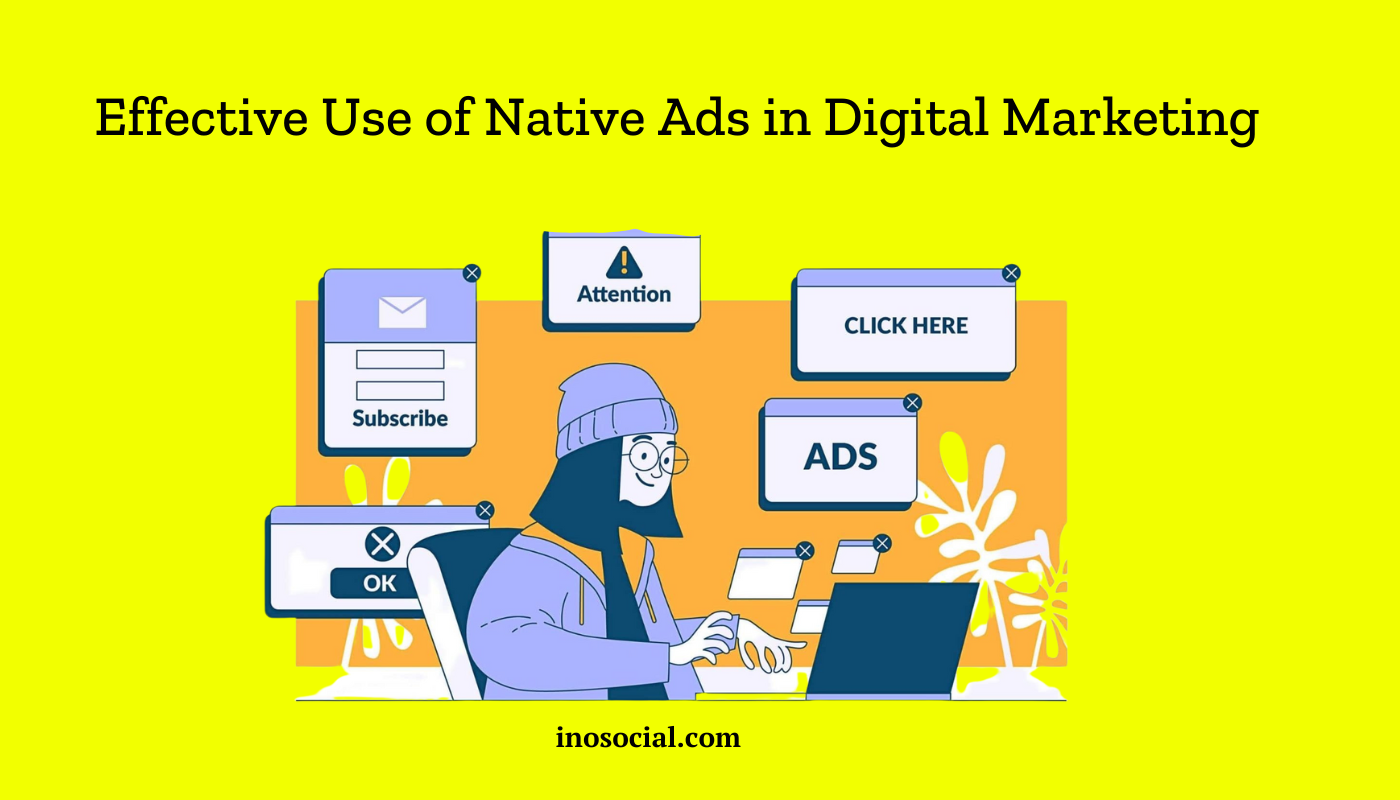With the ever-growing importance of digital media as a tool for advertising, native advertising has become one of the most effective techniques that brands can use to deliver their message to the target audience. The idea behind native ads is that, unlike conventional ads, they do not interrupt your ongoing browsing experience and instead become a part of the surrounding context. This blog will focus on the benefits of native advertisement in the context of digital marketing and how this type of advertising can be highly beneficial to your business.
Understanding Native Ads
What are Native Ads?
Native ads are a type of advertising that matches the form and function of the platform on which they appear. Unlike display ads or banner ads, native ads look and feel like part of the content. This non-disruptive format makes native ads more likely to be viewed and engaged with by users, as they do not interfere with the user experience.
Why Use Native Ads?
Adding native ads to your marketing mix means acquiring easier access to clients, greater exposure, and better ROI. This is why native ads are considered one of the most effective advertising strategies that allow reaching large audiences while being appreciated and even trusted by the users.
Key Strategies for Effective Native Ads
1. Align with Audience Interests
In other words, the information presented in native ads should be relevant to the target audience to ensure the maximum effectiveness of the advertisement. Ensure that you research to establish the demography of your target audiences as well as their interests and activities on the website. Understanding this will assist you in making the right native advertisements that would appeal to the target consumers.
2. Focus on Quality Content
In conclusion, one can agree with the statement that native advertising is weathered by content quality. Make sure that your advertising or marketing native posts are of value to the readers, in the form of articles to read, videos to watch, or tips that may be useful. Content that is high quality and related will improve the customers’ interactions and they will benefit from the ad as a result.
3. Optimize for Mobile
As customers switch to mobile devices to access a site, it is crucial to tailor the native ads to be used on mobile devices. Guarantee that all native ads are displayed correctly and look properly on every device, including mobile ones. The mobile optimization will allow targeting a larger audience, and therefore increase the probability of driven traffic.
4. Use Compelling Visuals
Visual element is one of the most important ways of providing additional appeal to native ads. Utilize proper image, video, and graphic content that can grab the attention of the target group and which are in harmony with the ad content. High quality and an irresistible design can also greatly affect the effectiveness of your native ads and interest users in them.
5. Monitor and Adjust
One of the critical activities when it comes to native ads is the constant tracking of your ads’ performance. Proactively, the analytics tools that should be employed include click-through rates, engagement rates, and conversion rates among others. According to the values identified, required changes need to be made to enhance the effectiveness of the ad and its outcomes.
The guidelines for native ads
1. Maintain Transparency
Yet, as was discovered, the native ads should mimic the site’s content as closely as possible and must not mislead the reader. Add the hashtag #ad or label native content as sponsored or advertisement since the content is paid for by someone. The general public looks at it as a way of establishing trust with your audience and most importantly adhering to the set legal requirements of advertising.
2. Always Remember the User
The first benefit that native advertisements have is that they do not interrupt a viewer’s normal experience. Make sure that the native ads appear seamlessly so that they do not pose a hurdle to presenting the content. Some types of advertisements are very intrusive and thus if placed in the wrong context they can make the user develop a negative attitude towards them to the point of avoiding any related ad completely.
3. Test Different Formats
Native ads are therefore available in many types such as in-feed ads, recommendation ads, search ads, and promos. It is advisable to try out the various formats as you discover the most appropriate ones to use with your target audience and for your goals. One way to tackle the problem is by carrying out A/B testing to find the best formats to use in the native ads.
Conclusion
There are rewards when native ads are well implemented in digital marketing in that they can attract a higher percentage of engagement, enhance user experience, and boost conversion. It is possible to create native ads that are very useful for the audiences and deliver better results if you follow the steps which are aligning the ad with the audience’s interests and providing only high-quality content, optimizing for mobile, and using beautiful and fascinating visuals. Thus, it is necessary to monitor and adjust your native ad campaigns following best practices to maintain the continuation of their success. Maximize the marketing opportunity of native advertising to have more effectiveness in your company’s promotional endeavors.







